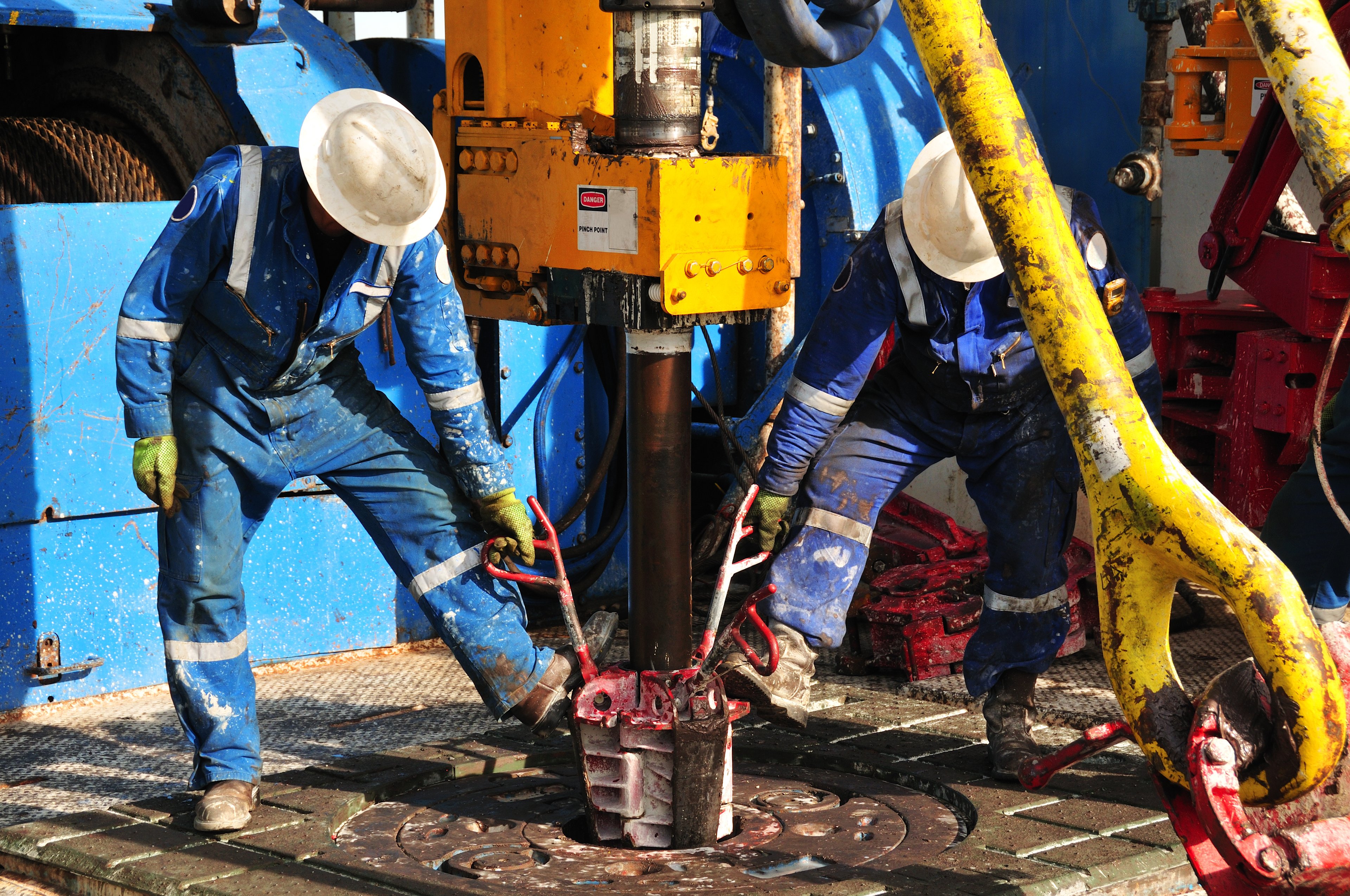The energy market changes rapidly. Crude prices initially rallied into the $80s to start this year. However, oil soon reversed course, plunging into the $60s on tariff-driven concerns. While oil prices bounced off that bottom, it's anyone's guess where crude prices will go next.
Given how quickly things can change in the energy market, many companies have taken steps to ensure they can survive the industry's ups and downs. Chevron (CVX +1.29%), Energy Transfer (ET 0.69%), and ExxonMobil (XOM +0.68%) stand out to a few Fool.com contributing analysts for their ability to handle whatever the market throws their way. That makes them ideal options for those seeking attractive and durable dividend income.

Image source: Getty Images.
Chevron is built to survive anything that comes its way
Reuben Gregg Brewer (Chevron): There's one feature that investors shouldn't overlook about Chevron: its balance sheet. With a debt-to-equity ratio of around 0.2 times at the end of the second quarter, it has one of the strongest financial positions among its integrated energy peer group. Most of the time, investors pay more attention to oil prices and geopolitical events than to balance sheets. But Chevron's ability to survive whatever comes its way is partly tied to its financial strength.
For example, Chevron just completed the acquisition of Hess for roughly $53 billion. Inking a deal of that scale requires both size and financial strength. But here's the interesting thing: The deal was agreed upon back in October 2023! The transaction was bogged down in the courts because of Hess' relationship with Chevron's peers. Few companies could have afforded to stick around, regardless of how attractive the deal was, for as long as Chevron did. And the energy giant's balance sheet strength was a key factor in its resilience to the headwinds the deal faced.

NYSE: CVX
Key Data Points
But that's not the only place where a strong balance sheet has been a huge benefit. Oil prices are highly volatile, leading to material swings on the top and bottom lines for a company like Chevron. And yet, Chevron has managed to increase its dividend annually for 38 consecutive years. How? It has the balance sheet capacity to add debt during the hard times so it can muddle through until the good times return (at which point it reduces leverage again).
With an attractive 4.7% dividend yield, even conservative investors should appreciate Chevron's ability to weather all the storms that have come its way for 38 years and counting.
A promising high-yield stock with big plans
Neha Chamaria (Energy Transfer): These are challenging times to be an investor in the energy sector. Oil prices are volatile, and the global energy landscape is changing in favor of cleaner energy sources. Unlike crude oil and coal, however, the demand for natural gas is projected to rise steadily in the coming decades, driven by growing demand for electricity, among other things.
Given the dynamics, a stock like Energy Transfer not only can survive in today's changing landscape but also thrive in the long term. That's because Energy Transfer is a massive natural gas player that generates steady cash flows and pays big dividends.

NYSE: ET
Key Data Points
Energy Transfer operates over 130,000 miles of pipeline. Over 50% of its projected growth capital expenditures of $5 billion for 2025 will be spent on natural gas pipelines and natural gas liquids capacity expansions. It's also constructing eight natural-gas-fired power-generation plants to support its operations in Texas. The company recently bagged its first commercial deal to supply natural gas to Texas data centers.
Energy Transfer, therefore, has strong growth catalysts and the financial fortitude to back its growth plans. The company also pays a steady dividend and is targeting 3% to 5% annual dividend growth in the long term. When combined with a high yield of 7.4%, Energy Transfer stock makes for a compelling buy case today.
Built to thrive in any energy market
Matt DiLallo (ExxonMobil): ExxonMobil built its business not to survive but to thrive in the rapidly changing energy market. The energy giant has an unmatched global portfolio of low-cost upstream oil and gas production assets complemented by a leading products solutions business (refining, chemicals, and specialty products). Exxon is also building a growing low-carbon solutions business.

NYSE: XOM
Key Data Points
These businesses are delivering strong and growing earnings even in the face of continued commodity price volatility. For example, last year was Exxon's third-most profitable year in the past decade, despite commodity prices hovering toward the low end of their historical range for the most part.
The company's growing scale gives it a significant competitive advantage, enabling it to leverage its size and reduce costs. Since 2019, ExxonMobil has achieved $12.1 billion in annual cost savings, and it projects total annual cost savings to reach $18 billion by 2030. Those continued cost savings will put it in an even stronger position to weather changes in the oil market.
Exxon also boasts one of the strongest balance sheets in the energy sector. This gives it the flexibility to borrow money during periods of lower oil prices, allowing it to continue funding its growth. It repays that debt when commodity prices improve.
The oil giant's combination of low costs, scale, and balance sheet strength puts its dividend (which yields over 3.5%) on a very sustainable foundation. The oil giant has increased its payout for 42 consecutive years, a feat achieved by only 4% of companies in the S&P 500.
Exxon expects to achieve $20 billion in earnings growth and $30 billion in cash flow growth by 2030. These targets represent compound annual growth rates of 8% for earnings and 10% for cash flow, based on an average oil price of $65 per barrel, which is below current market levels. This should provide the oil giant with ample fuel to continue increasing its high-yielding dividend.
This combination of financial strength and visible growth puts ExxonMobil in an excellent position to excel in today's shifting energy market.





